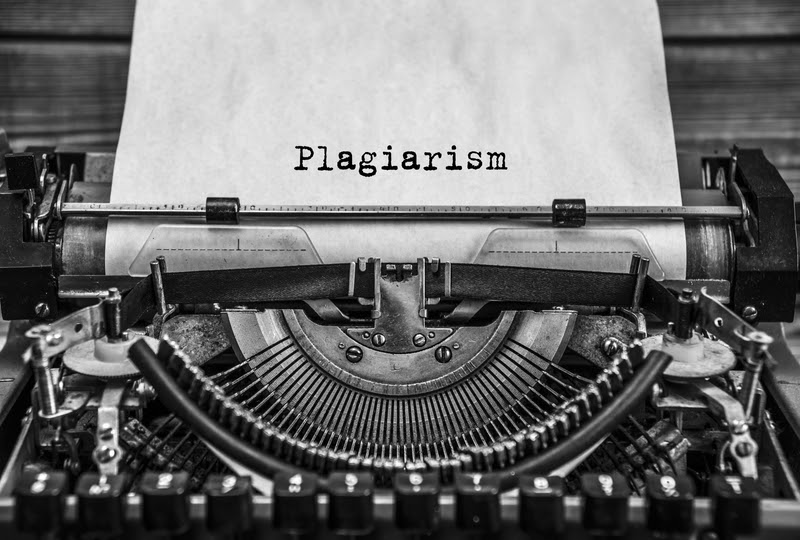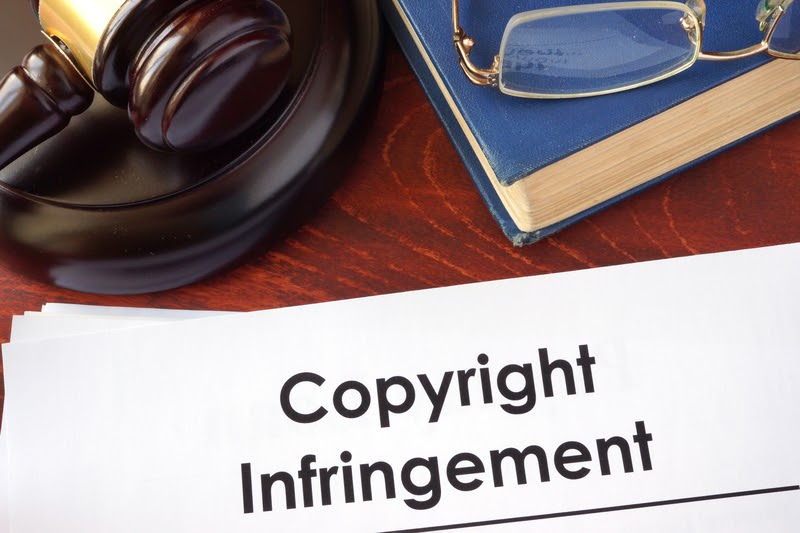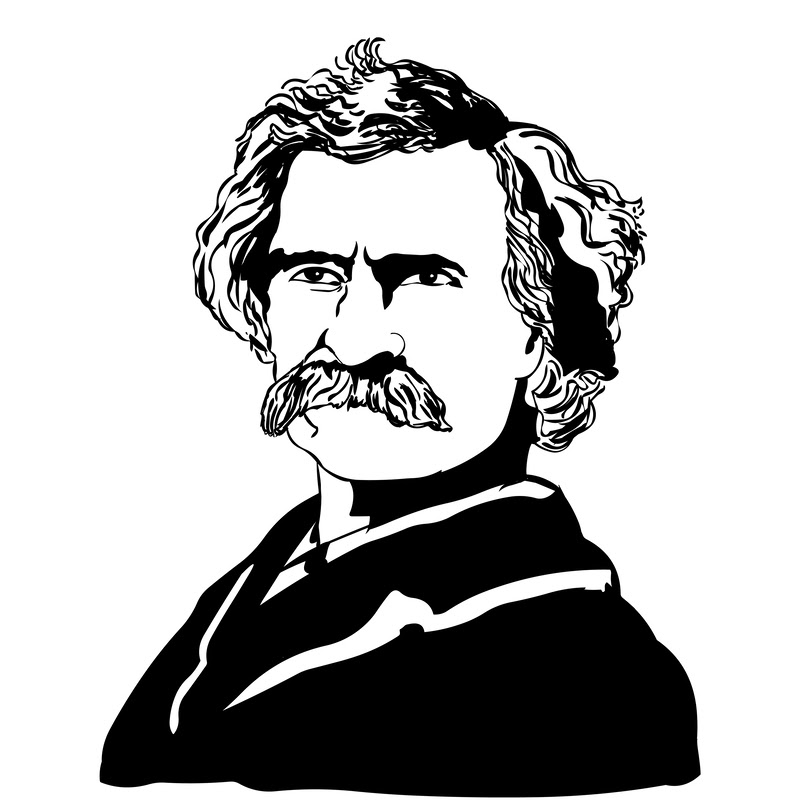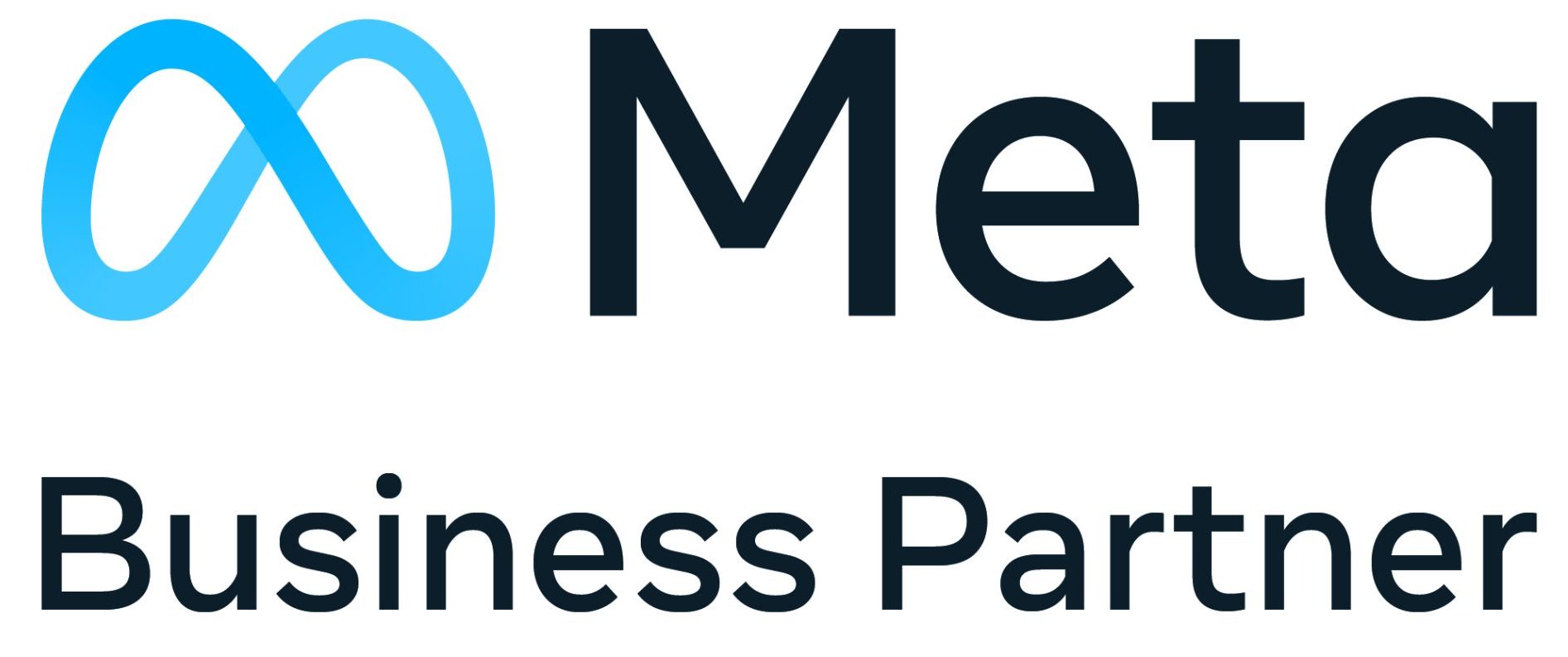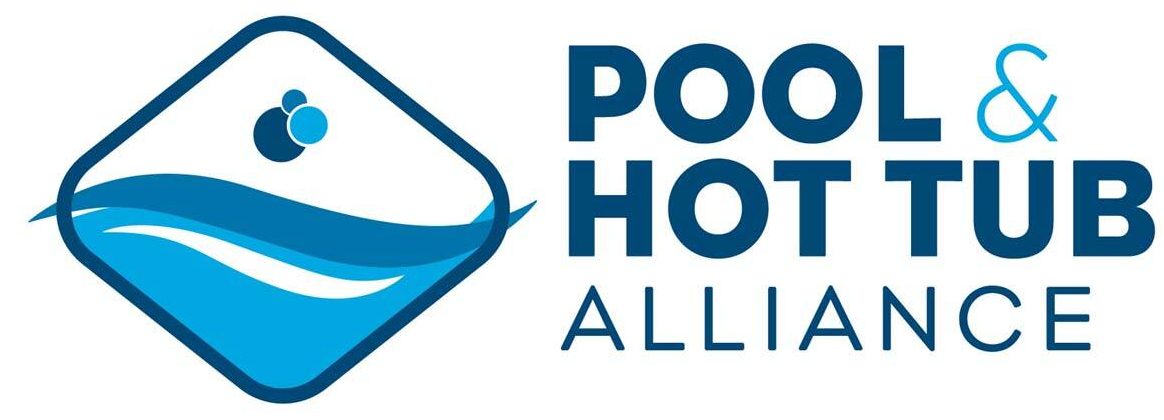“What has been will be again, what has been done will be done again; there is nothing new under the sun.” (Ecclesiastes 1:9)
This musing was written about 2200 years ago by the great King Solomon, widely considered to be the wisest man who ever lived. His point was much like a comment by Sir Isaac Newton in 1675 (widely considered to be the most intelligent man who ever lived), who said, “If I have seen further it is by standing on the shoulders of Giants.”
Essentially, these men said that nothing about human knowledge is new. Even the modern innovations that wow us today are merely one person taking what was learned before them, applying it in new ways, and taking the next logical step of progress. In other words, “there is nothing new under the sun,” and everyone, “stand[s] on the shoulders of giants”.
Writers are unique, in that they are jacks of all trades and masters of one. Writing is our master skill — the ability to take knowledge and insight on an incredibly wide range of topics and make it interesting, relevant, insightful, and educational to others. But rarely are we masters of any of the subjects we write about. We depend on good research for information, and then apply the skill of good writing to create something “new”.
In reality, what we write is not “new”. I know nothing about the subjects I write about apart from studious research. I have no prior knowledge and experience in the pool and spa industry, yet I am expected to write on an expert level on this subject daily. I could not do so without lots and lots of thorough research, which means I read a lot of articles by people who do know, and apply that research to my writing at The Get Smart Group.
Great! But, what about Copyright Law?
Ahhh, the Devil is in the details, is he not? Copyright law was established to protect the writer. Wizards of words like Hemingway, Steinbeck, Fitzgerald, Baldwin, and Alcott need to be able to earn a living from their creative works. Copyright law prevents someone else from copying their work and essentially stealing their livelihoods.
Stealing from a writer is no different than stealing from a merchant. Going into Sam’s Hardware on Main Street and lifting his one-inch nails without paying is wrong because you’ve taken his means of livelihood. A writer’s only marketable wares are the products of his/her efforts writing. Taking this without paying is the same principle as swiping Sam’s nails.
As we know, copyright law protects not only the writer, but any rightful owner of written work, and includes intellectual property. If you are paid to write for ABC Backyard Pools, they own the copyright. You forfeit your rights by selling the piece. But the copyrights do not go away — those are merely transferred in ownership from the writer to the commissioning agency. When a company or marketing agency buys your work, ownership is transferred to this organization. In turn, when the agency sells it to a client, the work becomes the property of that client. Did you know that when a client leaves, The Get Smart Group submits all work created on their behalf to them? That’s because they paid for it, and they own it. We may produce thousands of pieces like it, but that particular copy belongs to the purchaser.
Without going into a bunch of legalese, intellectual property is the thoughts and ideas behind the actual written word. Let’s use the examples here: I have quoted a few different sources. I used their exact words, verbatim. BUT, I used quotation marks and citations. I didn’t try to pass off the words or thoughts of Solomon or Newton as my own.
Take it a step further. If you read this email, and then write a piece on copyright law, you might use some of the same ideas. You might even use one or two of the same examples. But if all of the references, quotes, and ideas are the same, you haven’t used my work as research. You’ve stolen it. I didn’t try to convince you that the concepts behind Ecclesiastes or The Principia were mine. I merely used parts of what they wrote to illustrate my own point, fully citing their actual words and thoughts. This is where all the black-and-white gets a bit fuzzier. But we can always determine right from wrong by applying a few simple tests, which I will describe below.
What’s the big deal with copying something we need to write an article?
Plagiarism is to the writer (as well as the organization they’re writing for) what insider trading is to the stock broker or what a computer full of child porn is to the elementary school teacher. The accusation is enough to cause irreparable damage, even if there is no legal judgment against them. Fighting those legal battles is expensive, but the public relations war that ensues may never be won.
Think about it: when did you ever hear, “so-and-so was cleared of all charges” and actually stopped questioning whether or not the accused was innocent? Nobody stops thinking they did it. They only believe the accused skirted the law. OJ Simpson, Michael Jackson, Snoop Dogg– the black clouds of suspicion follow them, even after an acquittal in court. Plus, their pocketbooks are significantly lighter after all those legal fees!
Did you know, you can even plagiarize yourself? This is why many companies have their employees sign non-disclosure agreements, non-compete clauses, and require that any intellectual property developed while the employee is working on behalf of the company automatically belongs to the company upon severance of employment. In other words, you can’t take the blogs or Facebook posts you write for one agency’s clients and sell those to any other entity. Not now, and not when you are no longer working there. You can use what you learn during your research to produce content elsewhere, but you cannot use what you’ve written for anyone else.
(Interesting illustration: Steve Jobs and Apple totally stole the concept for the mouse from Xerox. Jobs hired the Xerox designer, made it less pricey and more functional, and BAM! Apple swipes the intellectual property of the whale Xerox, changing the landscape of the personal computer market forever. Can you imagine how much loss in revenue this meant to Xerox? Unfathomable.)
Let’s say that you write a piece for Stan’s Spas. You’re in a huge time crunch, and you also have an article due for Pete’s Pools. You cannot use the same article for both! You CAN use your same research notes and craft an entirely unique piece for Pete. And never, ever, under any circumstances can you lift copy (in whole or in part) from the internet and use it as your own, or even as a part of your own article, unless you fully cite it. But you cannot cite a competitor, because Stan doesn’t want to tell his customers that the info came from Pete. Both Stan and Pete paid for your work, so both deserve equal originality, creativity, and results.
Interesting Note: Online plagiarism checkers can identify as few as four words copied and pasted from another source.
Identifying the Line Between Plagiarism and Legitimate Research
As writers, we must always be conscious of the clear line between our essential and legitimate research versus plagiarism. We must never step across that line. After all, we aren’t Snoop Dogg, and Martha Stewart isn’t going to sign a big, fat contract with us if we smear our careers. I’ve identified a few questions that you can ask yourself with each written piece you produce:
- If someone read both your article and the one you used for research, would they notice definite similarities?
- Have you copied word-for-word? The ONLY way this is ever okay is when you use quotation marks and cite your work. For most of our purposes, a simple, “John Doe said,” suffices. In more formal writing, you can use footnotes, endnotes, or another appropriate citation.
- Have you given attribution to any sources you directly quoted? This is tricky in our profession, because you can’t really quote something from a competitor’s work without calling attention to them, which is the exact opposite of what we, as marketers, are trying to do. What you must do is research well enough to understand the concepts, and then write from your own knowledge.
- Have you made it “your own”? In essence, the information is not your own. “There is nothing new under the sun,” and, you have no knowledge apart from, “standing on the shoulders of giants”. BUT, you can make it your own. You do that by studying enough that you understand, and then conveying that understanding to your reader in an original, unique, creative way. Learn. Then write.
- If you utilize a thought, but do not use a direct quote, you can say something like, “according to XYZ Spas, the best saltwater system is …” Many times, you can also use a URL link within your text to cite the original piece.
- A rule we learn in journalism school is: if we use ONE source, it’s plagiarism. If we use two or more, it’s research. Learn. Then write.
Some tips I’ve found helpful personally to make sure I’m on the right side of copyright law:
- Don’t go to the wire on deadlines. Anything can happen to run you further behind than you meant to be. This makes it very tempting to save time and meet deadlines by utilizing the same, or very much the same, copy.
- Study enough to understand the subject well. Write from your knowledge, not directly from your notes. Use notes for facts that are hard to recall, like specific names, dates, etc. Do you know the material well enough to explain it to a friend? If not, you are likely borrowing too heavily from your source.
- Always use AT LEAST two sources when possible. Not only does this help you avoid directly stealing content, but it also helps you avoid misinformation. Any one source (especially on the internet) is likely to be flawed, or to deliberately mislead the reader. For example, if Alan’s Pools only sells fiberglass pools, they may distort facts to make vinyl liners look bad. Using multiple sources protects you from false or misleading information. For example, when I thought to use the example of Xerox and Apple above, I mis-remembered the story. If I hadn’t checked a reliable source, I would have mistakenly told the story as having happened to IBM instead of Xerox. It wouldn’t have been a deliberate lie, but it also would have been inaccurate.
I will leave you with the words of Mark Twain, himself an avid borrower of the thoughts and ideas of others, and no stranger to accusations of the evil of plagiarism:
“For substantially all ideas are second-hand, consciously and unconsciously drawn from a million outside sources, and daily use by the garnerer with a pride and satisfaction born of the superstition that he originated them; whereas there is not a rag of originality about them anywhere except the little discoloration they get from his mental and moral calibre and his temperament, and which is revealed in characteristics of phrasing.”
Twain on, my friends!
Additional helpful resources: https://www.plagiarism.org/


